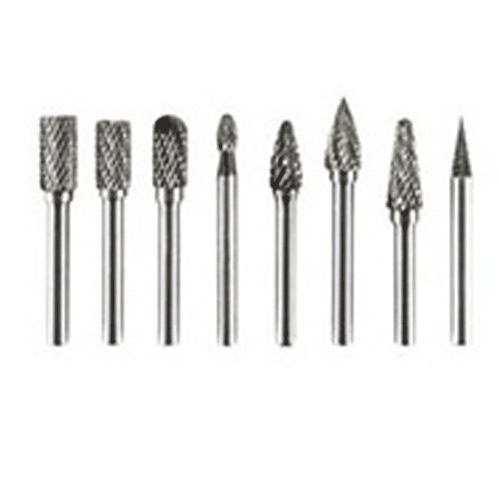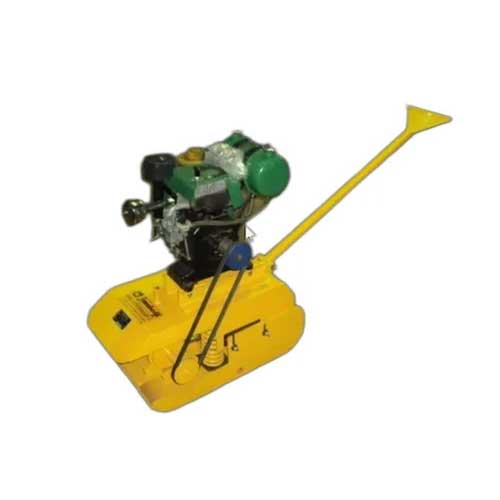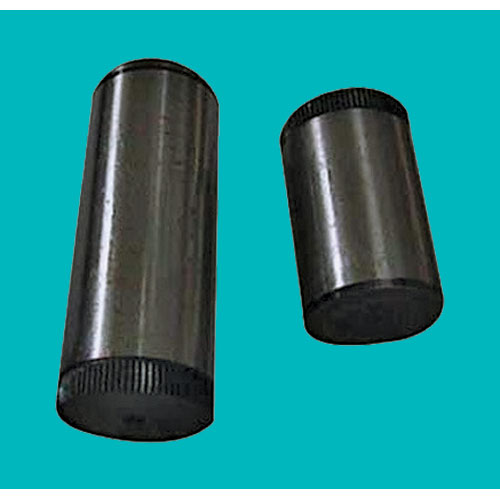Schedule a Call Back
Sustainability reshaping future of printed labels
 Articles
Articles- Oct 30,21

The drive towards greater sustainability is a trend that cuts across all end use markets. Consumers are increasingly expecting packaging, particularly plastic packaging, to be recyclable and there is a drive from all players in the packaging supply chain to ensure that materials are optimised to facilitate the recycling process. According to a new report from Smithers, “The Future of Printed Labels to 2026â€Â, the use of pressure sensitive labels and sleeves is increasing, with the traditional wet glue label falling out of favour in most regions. Pressure sensitive labels are easy to apply and are adaptable to a wide range of packaging shapes and types.
The printed label market in 2021 is valued at $41.75 million with a volume of 1.21 billion A4 equivalents. The market grew by 4.3% CAGR in volume and by 3.7% in value between 2016 and 2019, however, the market contracted in 2020 because of the Covid-19 pandemic that had a recessionary effect across all world economies. This led to the market falling in 2020 by 1.1% in volume and 0.8% in value compared to the previous year. The printed labels market is expected to recover swiftly, with a return to pre-pandemic levels of activity projected to take place during 2021, leading to 6.6% growth by volume and 5.8% by value compared to 2020. Ongoing growth is expected from 2020 onwards at a slightly subdued rate compared to the early days of the review period with 4.0% CAGR by volume and 2.9% CAGR in value terms forecast for the five years to 2026.
Impact of COVID-19
Any part of the print industry associated with graphic arts, advertising and event marketing has been severely impacted by the Covid-19 pandemic, whereas package printing has been affected to a lesser degree. In the case of those parts of the packaging business involved in food, beverage, and pharmaceutical markets, print volume has seen a boost of volume, particularly in the early days of the pandemic when food retailers were faced with unprecedented demand.
During the pandemic, demand for printed labels in many countries went through a cycle of strong demand from consumers, de-stocking, and subsequent re-establishment of the retail pipeline with this cycle repeated with decreasing magnitude for each successive wave of infection.
Leading types of labels
Pressure sensitive labels have the largest market share in 2021 with consumption of 538.6 billion A4 equivalents valued at $24.9 billion. Pressure sensitive labels accounts for 44.6% of the volume and 55.3% of the value and use of this label type is increasing throughout the review period and growth is forecast at 5.2% CAGR by volume and 4.0% by value between 2021 and 2026. The second most used label type are wet glue labels which represent 37.5% of the volume and 19.0% of the value in 2021 with demand of 452.9 billion A4 equivalents worth $7.9 billion. Wet glue labels are forecast to grow by 2.3% in volume and 0.8% in value between 2021 and 2026, but are being slowly substituted by pressure sensitive labels.
Market dominance by Asia
The demand for printed labels in Asia has grown consistently, largely due to high growth in demand from China, India, and Japan. As a result, the market share for this region has grown from 2016 to 2021 and is projected to continue to increase up to 2026.
Asia is the largest geographic region for printed labels throughout the review period and in 2021 had a share of 45.4% of global volume and 36.0% of the value, worth $15.0 billion against a volume of 549.2 billion A4 equivalents. The market in Asia is growing throughout the review period, and continued to do so albeit at a modest rate through the crisis of 2020. The market is forecast to grow at 4.5% CAGR in value and 5.7% in volume between 2021 and 2026. North America and Western Europe are the next two largest markets for printed labels and these three regions combined account for 86.0% of the value and 81.1% of the volume in 2021.
Label proliferation and regulation
There is an increasingly complex legislative framework with mandatory inclusion of a range of information including, for example, ingredients of food stuffs, and traceability/authentication elements for many tobacco products. These factors have placed a strain on existing label supply chains that had been set up to cater for economic production of long runs of labels with infrequent design changes. Digital printing technologies form part of the answer to dealing with the increase in demand for short to medium run labels, and digital technology has evolved to the point where it is becoming a viable technology for all print run lengths. Courtesy: Smithers’ new report “The Future of Printed Labels to 2026â€Â
Related Stories

Schmalz launches FA-X and FA-M vacuum grippers for flexible, efficient automation
Schmalz unveils its new FA-X and FA-M vacuum area gripping systems, designed for flexibility, energy efficiency, and intelligent automation. Ideal for logistics, packaging, and wood processing indus..
Read more
Automation to Drive Packaging Machinery Market Surge
Rising labour costs, regulatory pressures, and the growing influence of e-commerce are driving the demand for end-of-line and warehousing packaging machineries. This growth is reshaping packaging st..
Read more
JPFL Films to invest Rs 7 billion for setting up of new film lines
The expansion comes with the YoY growth of around 43 per cent in net revenue from operations in 9 months’ period FY 24-25 and to maintain its market leadership despite business headwinds.
Read moreRelated Products

Carbide Burrs
SRT Industrial Tools & Equipments offers a wide range of carbide burrs.

Jamshedji Soil Compactor
Jamshedji Constro Equip Pvt Ltd offers a wide range of jamshedji soil compactor.

Ground Pins
Hans Machineries Private Limited offers a wide range of pins, hardened & ground. Read more















